Joint life insurance policy for couple...how beneficial?


There is a saying in Telugu, 'Thinaga Thinaga Vemu Thiyyanundu,' (On constant consumption, even bitter neem tastes sweet). It is true. Bitter neem when consumed on a regular basis, has such 'sweet' results on the body. Adverserly, eating sugar in disproportionate quantities will have ill effects on health. Even salt, when consumed more or less than necessary, creates havoc with health. Therefore, let us know about the good and bad properties of salt and sugar.
Sugar is not meal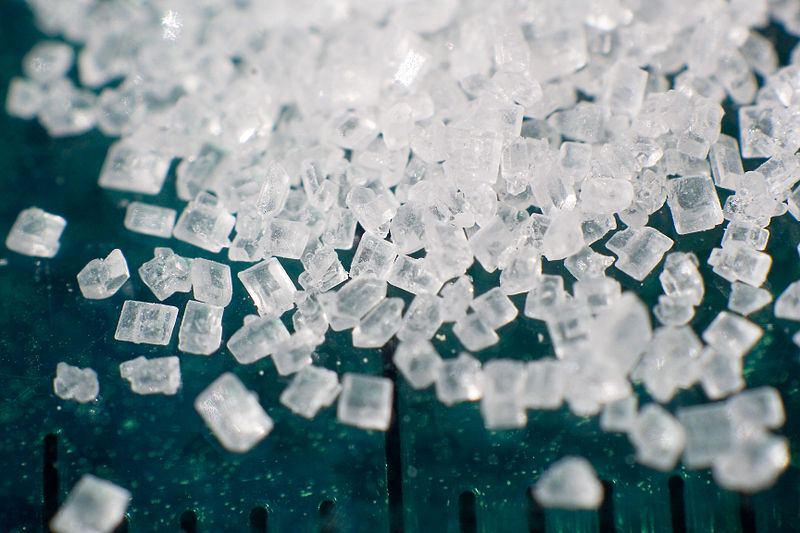
Sugar is not categorised under 'food products.' It is available to us naturally through many foods that we consume. This is sufficient for our bodies. But what we do is eat sugar separately, for its sweetness. To change the taste of something which we like, we use sugar. There are no nutritional substances in sugar. It contains no protein. Also, it has no fats that are good for health. Neither does it have useful enzymes to help digestion. It is a mere calorie-producing product as it gets digested very quickly. Even fruits and vegetables contain sugar. But because these have vitamins, enzymes and fiber, the sugar takes time to digest. There are no added advantages when sugar is consumed directly and gets absorbed in the blood quickly.
When the food that is taken in contains more carbohydrates than necessary, they are deposited in the liver and muscles as glycogen. These when they reach the limit, are changed into fats by the liver, as fructose levels increase. A part of these fats, changes into VL or DL cholesterol. While some of these are thrown out, the rest are deposited in the liver. After some time it might transform into non-alcoholic fatty liver that is a kind of a disease. This is a disease that weakens the living cells.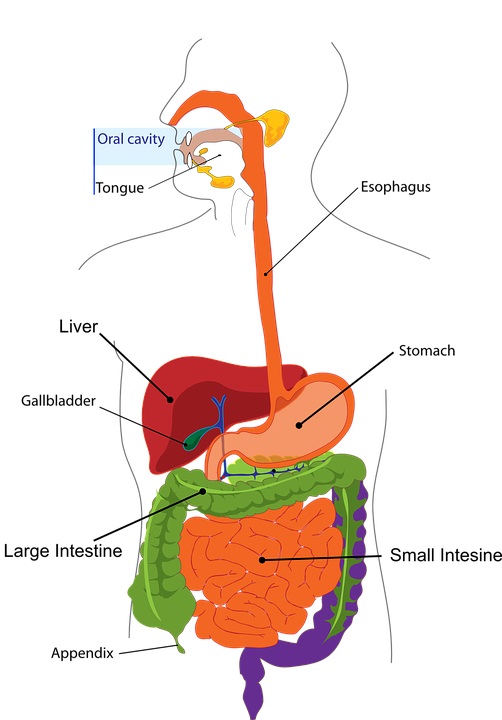 Taking additional sugar as part of daily diet is the main cause of disease, say experts. Added sugar has no nutritive value, except for instant energy-giving calories. To top it, it is harmful for the teeth. Because the sucrose stays between the teeth, harmful bacteria collect around it. With this, teeth are decayed. That is why you are told to gargle, every time you eat something.
Taking additional sugar as part of daily diet is the main cause of disease, say experts. Added sugar has no nutritive value, except for instant energy-giving calories. To top it, it is harmful for the teeth. Because the sucrose stays between the teeth, harmful bacteria collect around it. With this, teeth are decayed. That is why you are told to gargle, every time you eat something.
The ill-effects of added sugar are less in healthy and active people. Inactive people, by consuming more carbohydrates and high-calorie western food, suffer more, according to experts.
Insulin is very important for the body. It helps a lot in easy passage of glucose, from the blood stream to the cells. If glucose levels in the body increase, they cause diabetes and adversely affect eyesight. When the functioning of the sense organs is irregular, insulin too stops functioning normally. With this, cells become insulin-resistant. This leads to obesity, cardio-vascular diseases, diabetes and cancer.
Sugar releases a hormone called dopamine that activates the brain. As a result, the more you eat sugar, the more you will like to have it.
What does research reveal?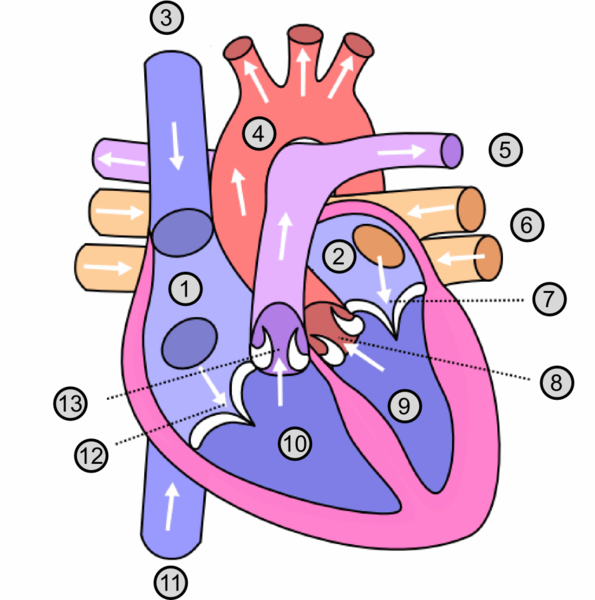
Sugar is very harmful to the heart. According to research conducted in 2013, by American Heart Association, the functioning of the heart becomes erratic, as sugar affects the mechanism of pumping of blood by the heart. Another research that was conducted in 2010 on children said that excessive consumption of foods containing fructose leads to obesity and this leads to chronic heart ailments.
A study in 2008 has concluded that due to excessive fructose, a hormone called leptin will fail to function. Leptin is a 'satiety hormone' that tells you when the stomach is full and you need not eat more. It regulates the energy balance. When the brain fails to get proper signals from leptin, you will not know when to stop eating. This condition leads to the problem of obesity.
What is sugar?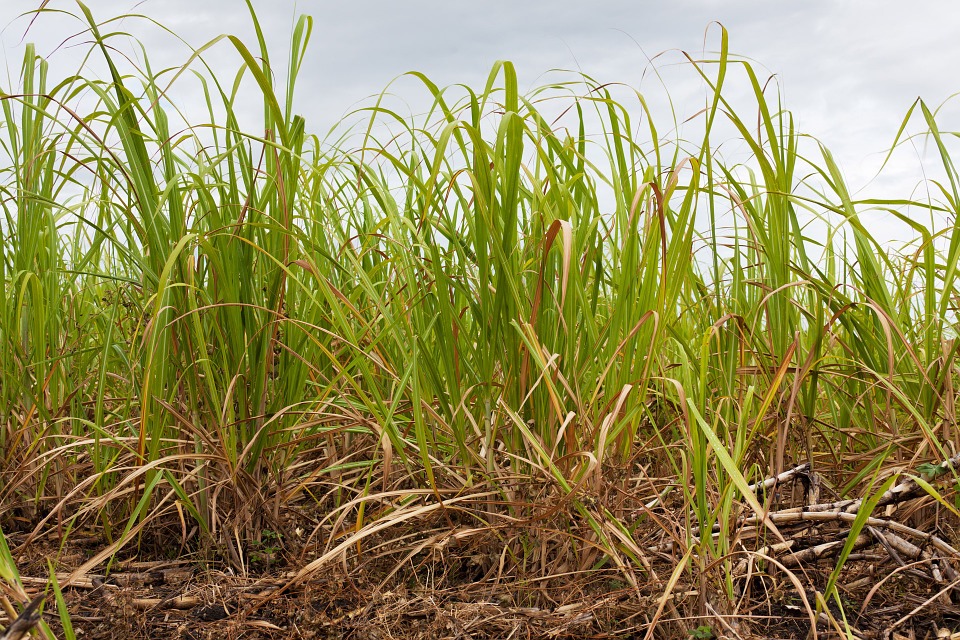
It is a carbohydrate. It gives instant energy to the body. It is present naturally in many plants. Sucrose is that which helps in Photosynthesis in plants, which is a process to transform sun rays into food. These carbohydrates are absorbed by the blood, which carries them to all the cells in the body, boosting their energy levels. Sucrose is found in large proportion in sugarcane. It is also found in a tuber called sugar beet. Sugar is the refined form of sucrose. Sucrose is extracted from sugarcane, purified and is made into sugar crystals.
Kinds of sugar
Sucrose: It is called table sugar. It is made up of glucose and fructose. It is extracted from sugarcane and sugar beets.
Glucose, Fructose: They are found in fruits, vegetables and honey.
Lactose: It is found in milk and dairy products
Maltose: Malt sugar is found in malted drinks and beer.
How much to consume per day?
Companies mix various kinds of sugar in the manufacture of food products (added sugar). American Heart Association has directed that added sugar should not be more than 10 per cent of the total number of calories that are given by any manufactured food product. In United Kingdom (UK) this proportion is restricted to just five per cent. Added sugar means, sugar that is added by you in tea, coffee and other foods, apart from that which is naturally present in a product. It is sugar that has been added in ready made foods and other food products. As per American Heart Association recommendations, men may consume 150 calories, meaning 37.5 gm or nine teaspoons of sugar per day. Women should not consume more than 25 gm or six teaspoons per day. Experts suggest that Indians might as well consume some five to 10 gm less than this proportion.
Added sugar means, sugar that is added by you in tea, coffee and other foods, apart from that which is naturally present in a product. It is sugar that has been added in ready made foods and other food products. As per American Heart Association recommendations, men may consume 150 calories, meaning 37.5 gm or nine teaspoons of sugar per day. Women should not consume more than 25 gm or six teaspoons per day. Experts suggest that Indians might as well consume some five to 10 gm less than this proportion.
Use of sugar among Indians
World Health Organisation (WHO) says that Indians, on an average, consume 58 gm of sugar per day. In China this is 33 gm. In Brazil it is 152 gm and in Mexico it is 104 gm. Even in Pakistan, America and Indonesia, sugar consumption per day is more than the average 25 gm suggested by WHO.
Are there any benefits of sugar?
When there is serious shortage of food, you can protect your life by consuming sugar. Table sugar is used in Oral Rehydration Solution (ORS). Even salt is present in it. ORS saves life in conditions of diahorrea or dehydration due to sun stroke. Sugar is used in manufacture of cement and garments.
How much sugar in which product?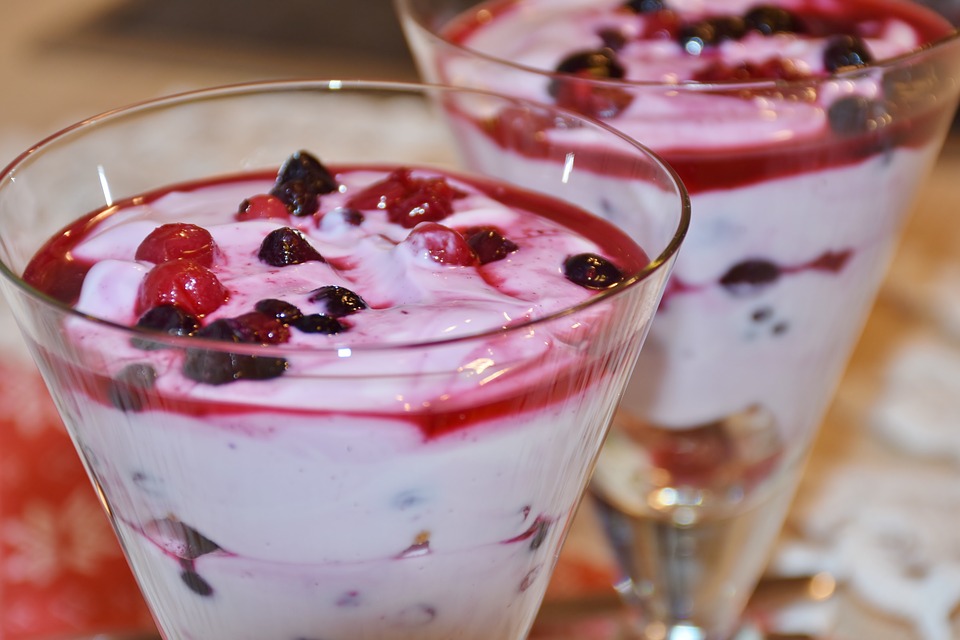
Milk chocolate contains 44 gm, which is equal to six teaspoons of sugar. A can of coca cola contains 8 teaspoons of sugar. Similarly, there are nine teaspoons of sugar in Pepsi Cola, seven in Red Bull, 11 in Mountain Dew and eight teaspoons of sugar in Sprite.
Every 100 gm of ripe mango contains three teaspoons of fructose, banana three teaspoons, Apple 2.6, pineapple 2.5, grapes four and tomato 0.7 teaspoons of fructose. One teaspoon of ice-cream has an equivalent of three teaspoons of sugar.
Alternatives to sugar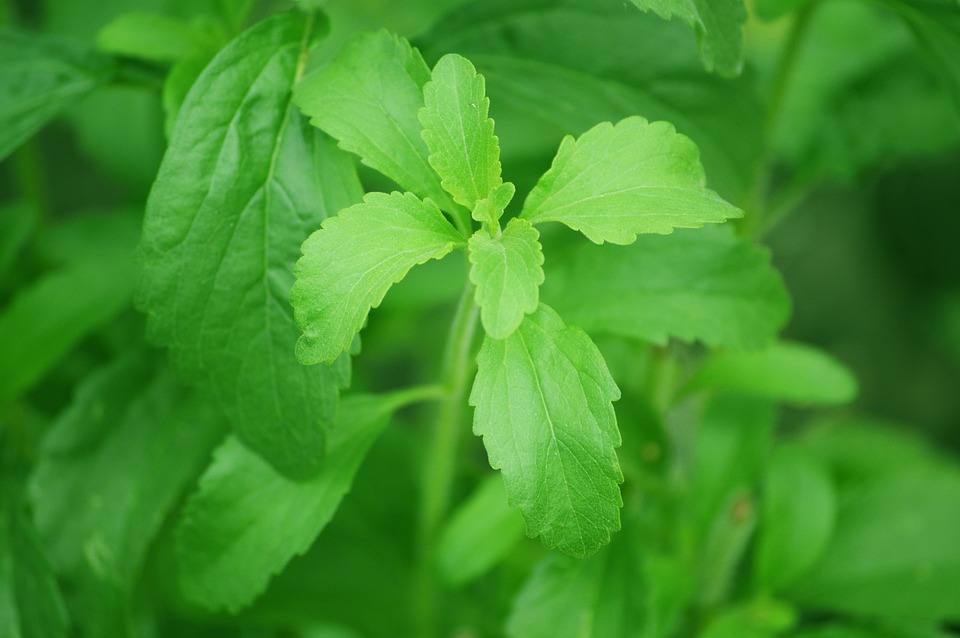
Stivia is very popular in America. It is available in India also. Stivia is a plant. The leaves of the plant are dried and pounded to powder. The powder has 40 per cent more sweetness when compared to sugar. It can be mixed in tea or coffee instead of sugar. It has no calories. With this there is no rise in blood sugar levels. However, the powder tastes somewhat bitter also.
Honey has 53 per cent fructose. But this is all naturally present. An average intake of honey is good for health. It has anti-bacterial and anti-oxidant qualities. Dates are sun-dried and powered to make date sugar. Dates can be used instead of sugar in sweet recipes. Many studies proved that artificial sweeteners like saccharine are also not good for health.
What is the use of salt?
Sodium Chloride (Salt) is present in the proportion of 0.9 gm. in every 100 ml. blood in our body. Salt is necessary for certain functions of the body. It helps in functioning of red blood corpuscles and in dissolution of proteins. The heat in the body is balanced, only when there is enough water. The main function of Sodium ions is to help retain enough quantity of water in the body. They help in retaining the shape of muscles as well as keeping the nervous system active.
Mild electricity is produced in the heart due to the constant pumping action. Sodium ions help in these functions. Hydrochloric acid is necessary for digestion of food. Sodium helps in the formation of this acid. In those who suffer from diahorrea (vomiting and loose motions) potassium and sodium levels are diminished drastically, leading to weakness. You might have noticed doctors administering Potassium Chloride and Sodium Chloride through Saline to the victims. Sodium is also essential for maintaining the acid proportion in blood, lymph, tears and digestive juices.
What should be daily intake of salt?
Experts say that you should not consume more than five grams of salt per day. If there is history of hypertension in your family, then the intake should be limited to 2 gm per day. If more salt is taken, it will create a number of problems. However, in seasons like summer, your body loses salt in the form of sweat, due to intense heat. At such times it is necessary to take more salt. You might have noticed whitish streaks on clothes that absorb sweat. This is because sodium chloride in the sweat has stuck on to the clothes.
Ill-effects of salt
You have learnt how essential salt is for health. However, the same salt can adversely affect your health. If the sodium levels are high, it will increase stress. It will lead to erratic functioning of the nervous system as well as the adrenal glands. This leads to the increase in stress. That is why it is called stress food. Excess salt in the body helps in retaining water. With this, blood flow increases, leading to the heart to work overtime. This causes hypertension (high blood pressure). That is why doctors tell hypertensive patients to reduce salt intake.
Excessive salt intake leads to the bones losing calcium. With this they become brittle. The sodium content in urine increases. The kidneys are stressed to eliminate the extra sodium through urine. They become weak after this. Realistically, kidneys cannot eliminate more than four or five gm of sodium per day. Due to retention of excess sodium in the body, blood pressure increases.
Excessive salt also results in weight gain. Because salt has the property of retaining water, it results in weight gain. If the heart and kidneys have to function well, salt intake has to be reduced. If the heart muscles weaken, they will fail in supplying sufficient blood to the kidneys, resulting in inefficiency of kidneys in eliminating sodium.
Table Salt
The salt that is used domestically is called table salt. It is prepared under extreme heat conditions. It does not dissolve completely in water. Uric acid content increases because of salt. As there is no natural sodium in table salt, those who consume it will suffer from bronchial and lung diseases. Natural sodium is necessary to remove the carbon dioxide (CO2) that is breathed out.
Fruits, vegetables and other such foods that are consumed daily, contain natural sodium. This is enough for the human body. Except in cases of vomiting, loose motions, sunstroke and excessive heat, more salt is not needed.
How much sodium in which food material?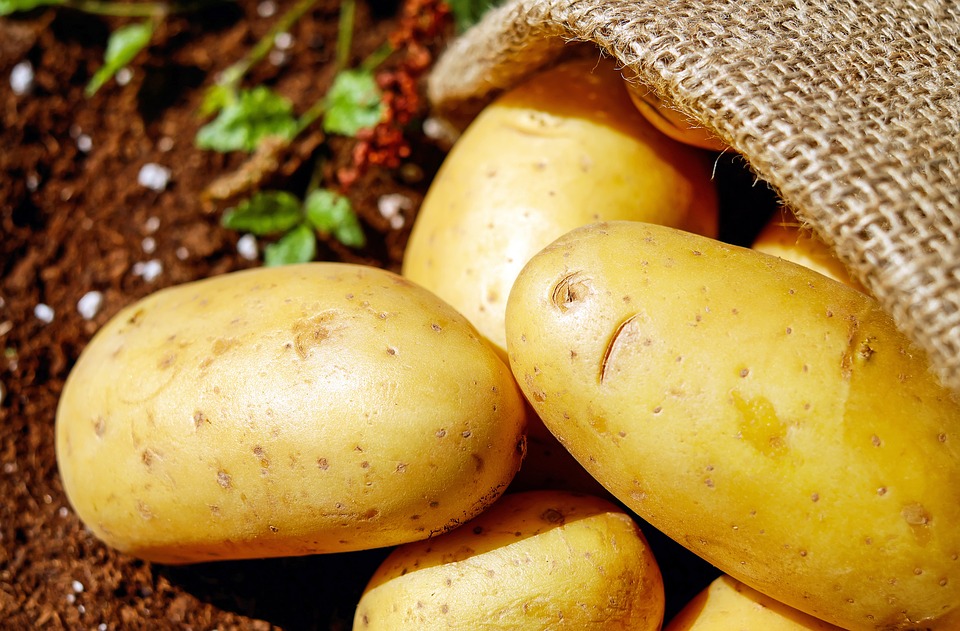
(For every 100 gm. of food sodium in mg.): Onion five, water 1 to 3, pulses 40, potato 11, carrot 36, guava 6, apple 28, wheat 18, tomato 46, watermelon 6, brinjal 3, banana 37, eggs 129, spinach 58, whole green gram 28, keera 10, samba, maize 10 and radish 33 mg.
At present, majority of you like refined and fast foods. Soft drinks, sauce, cornflakes, salted biscuits, buttermilk, lassi, salads, pickles, papad, potato chips, salted peanuts, almonds, cashews, Pizza, sandwich, samosa, chat, fried rice, noodles etc., have a high proportion of salt content. Sodium nitrate is used as a preservative in canned foods. Researchers have discovered that this is the cause for cancer. Packaged foods and Chinese foods contain this in high proportion. This tastes less salty than table salt, but contains three times more sodium.
Alternatives to salt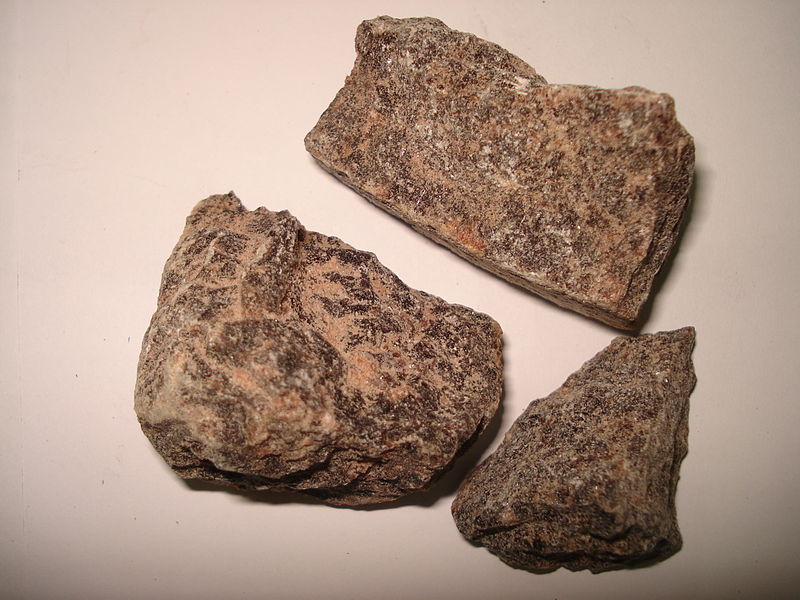 : Rock salt dissolves completely in water. As such, enzymes in the digestive system can make optimum utilisation of it. Rock salt is prepared from ore extracted from rocks and hilly areas. Black salt (Kala Namak) is also prepared naturally and is better than table salt in all respects. Though sodium content is the same in both the types of salt, Potassium Chloride is more in black salt. Black salt also has medicinal properties that are beneficial for health. Hypertensive patients can consume salt with more potassium, rather than with sodium. Annapurna and Saffola brands of salt are of this type.
: Rock salt dissolves completely in water. As such, enzymes in the digestive system can make optimum utilisation of it. Rock salt is prepared from ore extracted from rocks and hilly areas. Black salt (Kala Namak) is also prepared naturally and is better than table salt in all respects. Though sodium content is the same in both the types of salt, Potassium Chloride is more in black salt. Black salt also has medicinal properties that are beneficial for health. Hypertensive patients can consume salt with more potassium, rather than with sodium. Annapurna and Saffola brands of salt are of this type.



















